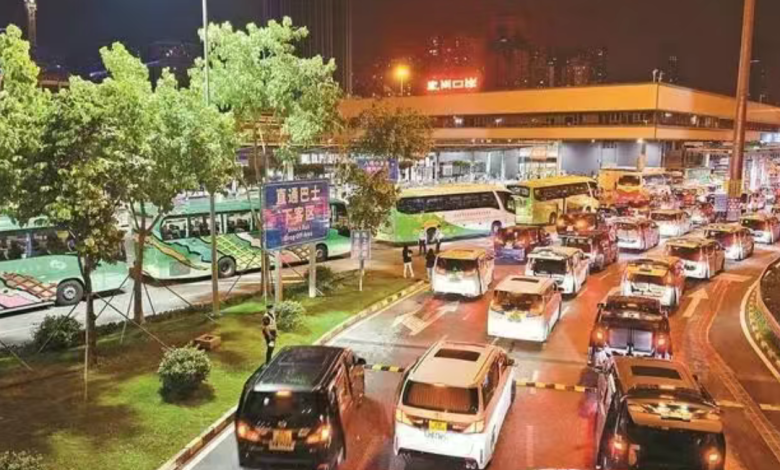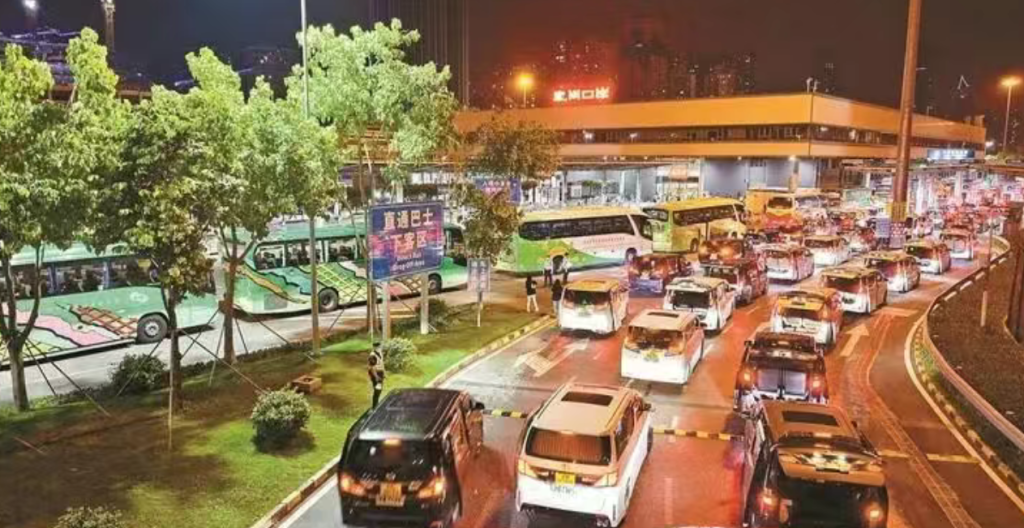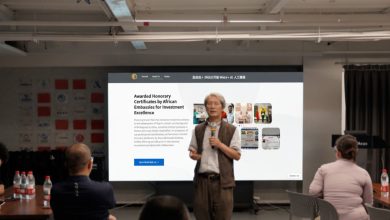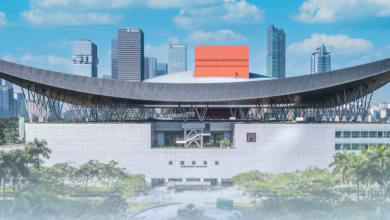
Shenzhen Ports Boom: Record-Breaking Cross-Border Traffic in the First Half of the Year
The first half of this year has seen an unprecedented surge in cross-border travel, cultural tourism, and shopping in Shenzhen, with key ports like Huanggang and Futian setting new records. According to statistics from the Shenzhen Exit-Entry Frontier Inspection Station, as of July 5, the Huanggang checkpoint alone had inspected over 38 million travelers and 2.35 million vehicles, marking year-on-year increases of 10% and 15%, respectively. This bustling activity at Shenzhen’s ports is a vivid reflection of the deepening integration within the Greater Bay Area (GBA).

Cross-Border Travel Surge: A New Normal
The convenience of cross-border travel between mainland China and Hong Kong has reached new heights, thanks to seamless payment systems and improved transportation links. The “northbound-southbound” travel trend—where mainland tourists visit Hong Kong and vice versa—has intensified. In the first half of the year, the Huanggang and Futian ports broke records five times for single-day passenger traffic and 13 times for vehicle flow. Over 25.2 million Hong Kong and Macau travelers passed through these ports, a 5.3% increase compared to the same period last year.
In my experience, weekends used to be the peak time for cross-border travel, but now, even weekdays see heavy traffic due to business and exhibition-related trips. Shenzhen’s Futian District alone hosted over 40 major events in the first half of the year, covering industries like tourism, sports, education, and electronics. These events attracted a significant number of Hong Kong and Macau residents, with single-day entry surges exceeding 18%—even on non-weekend days.
The Rise of “Night Economy” at Border Ports
One of the most exciting developments is the growth of “night economy” activities around 24-hour ports like Huanggang. With the popularity of night markets, live performances, and late-night entertainment, nighttime cross-border traffic has surged by 18% compared to 2024.
- Mainland tourists increased by 25% at night.
- Hong Kong and Macau visitors rose by 14%.
I personally recommend visiting Huanggang Port in the evening—the atmosphere is vibrant, with food stalls, cultural performances, and convenient late-night transport options. This trend highlights how Shenzhen and Hong Kong are becoming a truly integrated living and business hub.
High-Speed Rail: A Key Driver of Cross-Border Mobility
The Guangzhou-Shenzhen-Hong Kong Express Rail Link (XRL) has also seen remarkable growth, carrying 15.03 million cross-border passengers in the first half of 2024—an increase of 2.08 million (16.1%) compared to last year.
Key Trends in High-Speed Rail Travel
- Hong Kong to Mainland: 7.36 million trips (+15.1%), with 5.83 million heading to Guangdong.
- Mainland to Hong Kong: 7.67 million trips (+17.1%), with 6.06 million originating from Guangdong.
- Shenzhen-Hong Kong route: 2.85 million trips (+21.6%), showing the strongest growth.
When I visited Hong Kong last month, I noticed how packed the trains were, even on weekdays. The rail link has become the backbone of GBA mobility, especially during holidays like Chinese New Year, Qingming Festival, and Dragon Boat Festival, when daily passenger numbers exceeded 100,000.
What’s Driving This Growth?
Several factors contribute to Shenzhen’s booming cross-border traffic:
- Seamless Payment Systems: The launch of cross-border digital payment solutions has made transactions effortless.
- Business and Exhibition Boom: More trade fairs and tech expos attract professionals and tourists alike.
- 24-Hour Ports & Nightlife: Huanggang’s round-the-clock operations support late-night travel.
- High-Speed Rail Efficiency: Faster and more frequent trains encourage frequent travel.
Looking Ahead
With the Greater Bay Area integration accelerating, Shenzhen’s ports and transport networks will continue to break records. Whether for business, leisure, or shopping, the “one-hour living circle” is reshaping travel habits in Southern China.
For travelers planning a trip, my advice is to avoid peak hours (weekends and holidays) and take advantage of late-night crossings for a smoother experience.
Sources: Shenzhen Special Zone Daily, Huanggang Immigration Checkpoint, China Railway
Images: Shenzhen Special Zone Daily / Yang Haohan
Would you like recommendations on the best times to cross or tips for avoiding crowds? Let me know in the comments! 🚆🌉





